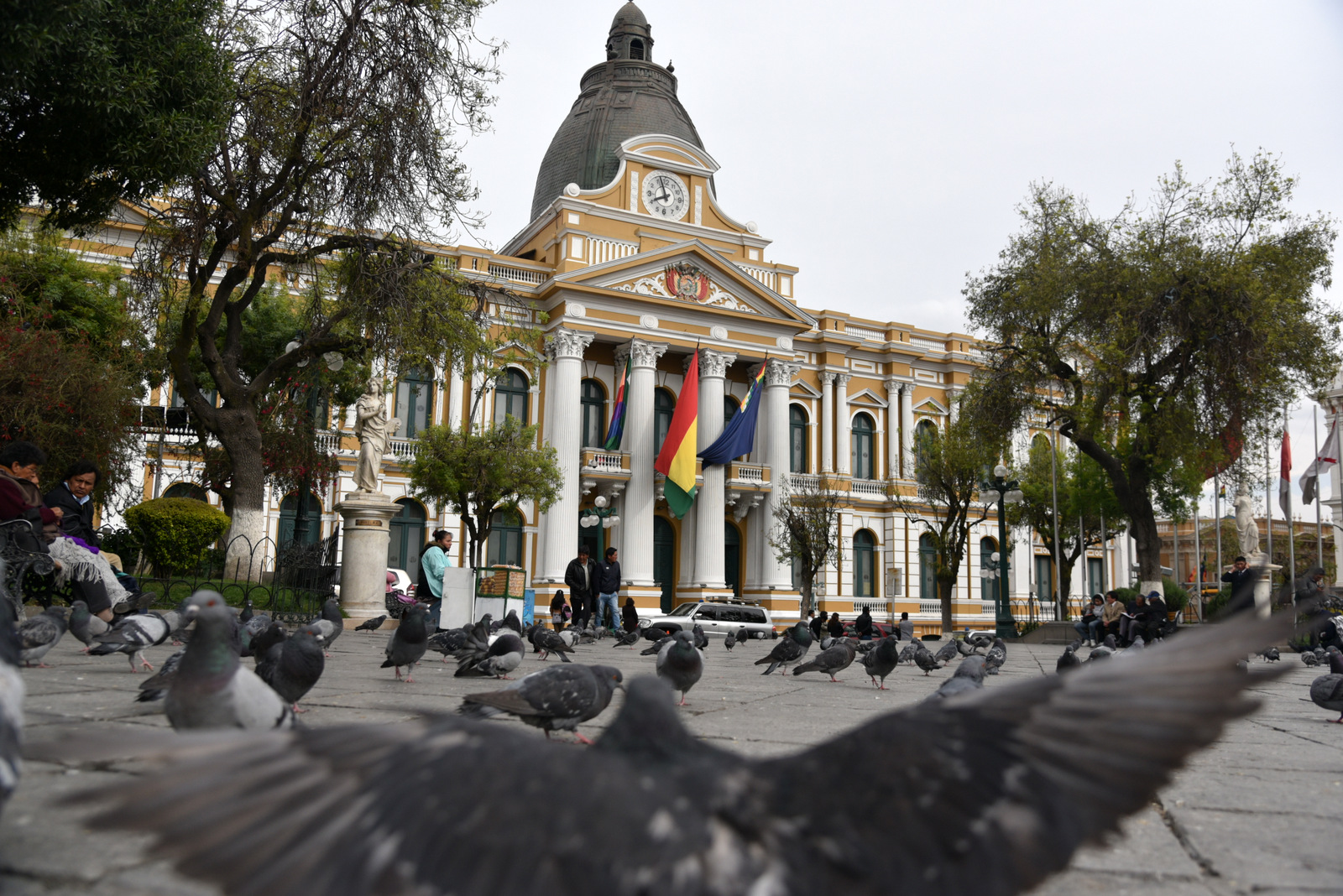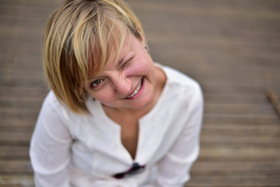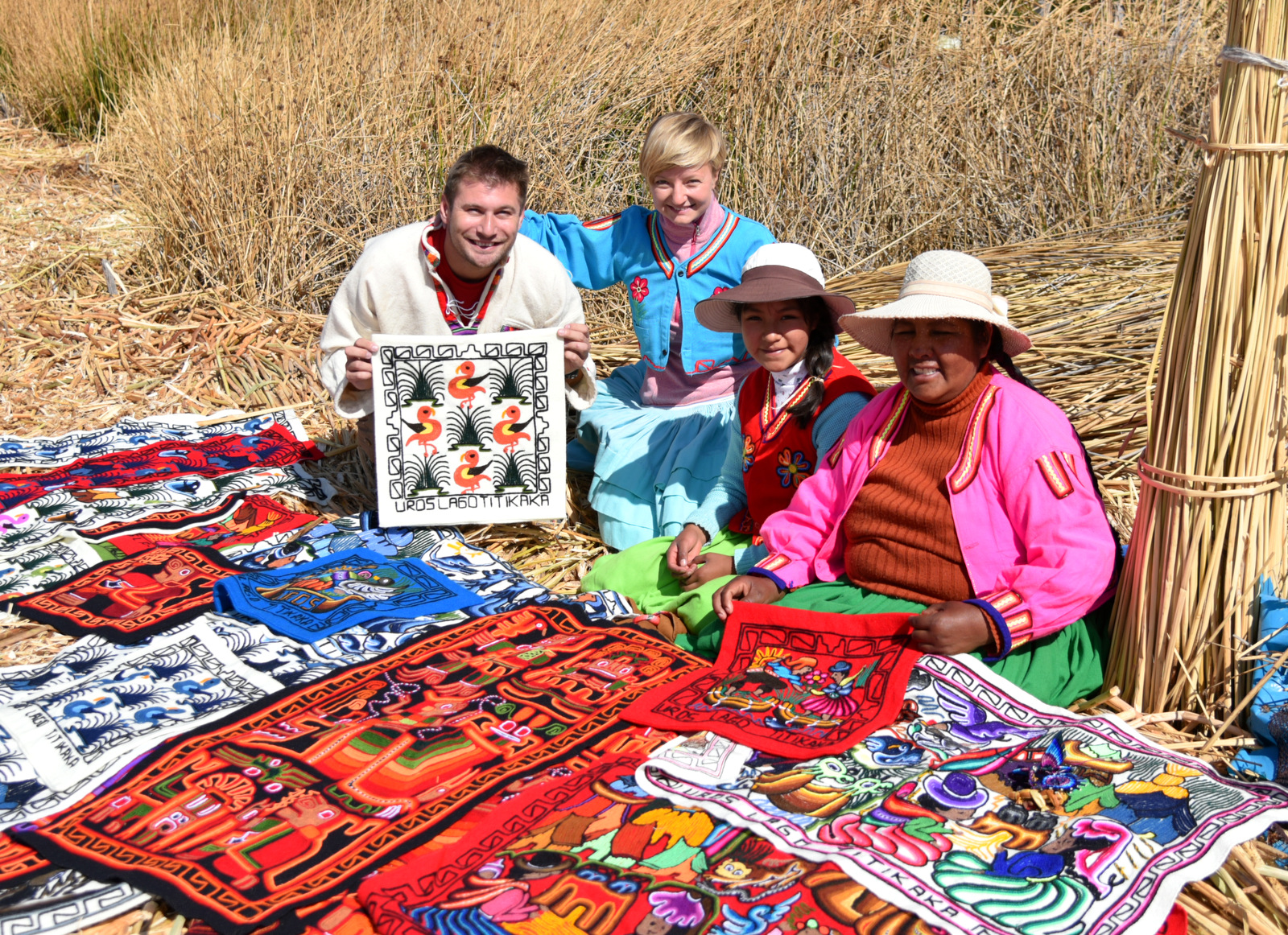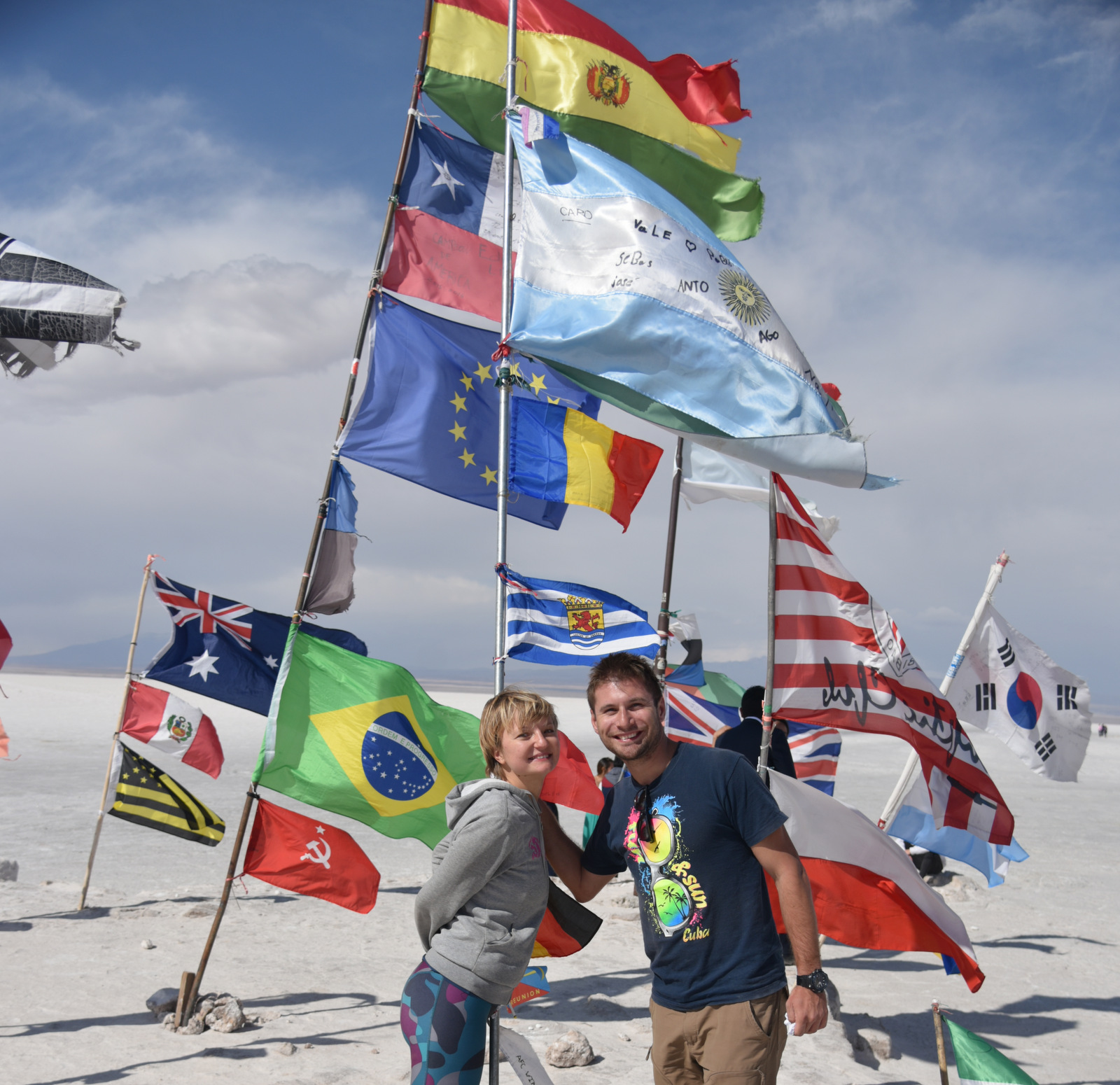La Paz, a different experience
We entered Bolivia through Copacabana, a small village on the other side of the Titicaca Lake. Heading to La Paz was like entering in another universe tens or maybe a hundred of years ago…or as if the war has just passed over the area: the road is not paved and huge craters are present from time to time, none of the brick houses are finished, but look as if they are all being demolished, there are mounts of garbage and stray dogs everywhere…it’s a hopeless landscape. I guess it’s the poorest country we’ve ever been to… it’s sad!
Entering La Paz is not much better. Yes, the roads are paved, but poverty is so visible.. For those who do not know, the administrative capital of Bolivia is the highest in the world with its altitude that ranges from more than 4000 m in El Alto to about 3000 m in the lower residential area. Apparently, the altitude reflects the city’s society: the lower you go, the more affluent people you find as the weather becomes milder. And looking up from the center, the surrounding hills are plastered with unfinished brick houses of those struggling in the hope of one day reaching the bottom.
But among some of the unfinished buildings we saw a bizarre phenomenon: lots of really big houses built on top of a 5-10 levels building with unfinished apartments. They seems to reinvent the concept of “penthouse”. Sometimes the whole building underneath seemed to have been built just to get a better view to the house on top, as none of the floors were inhabited…
Even though the image is sad, we were impressed to find the best city tour we’ve taken so far in South America: a nice young girl, speaking perfect English, full of energy and eager to show us around and talk about her country’s history and culture. We found out that Bolivia is the country with the highest percentage of indigenous population (more than 60%), still mixing Catholicism with pachamama faiths. Even the San Francisco cathedral, the main symbol of their Catholicism in the central plaza has indigenous motives on its façade.
She also told us that the small round hat that most of the indigenous woman wear today and which is one of the symbols of Bolivia today, made its first appearance in the 1920s. At the beginning the women complained that the hat it’s too small, but when they were told that it’s the latest fashion in Europe they adopted it right away – and they still take pride in wearing them nowadays.
We also learnt that most of the Bolivians believe in witchery: if they build a house, they make some rituals before, if they are single and want to find their love, they use some potions…and all they need for the rituals is bought from the Witches market in the center of the city: they sell llama fetuses, dried frogs, soapstone weird figurines and all sorts of colored powders. Really creepy!
The biggest shock came to us when we saw an old flower shop completely in ruins, with windows broken and doors blocked with nails sitting just next to the Parliament’s building (which has a reversed clock on top going the “other” way). It’s one of the most telling images on the differences that one can find in Bolivia – look for it bellow.
Contrasting all the above is the brand new, modern Teleferico with its solar panels, connecting the “rich” in the valley to the poor in El Alto. There are several lines working already in the city and much more being currently built. We took the red line and it took us past the Cemeterio “Ayayuni up to the hill. The view from El Alto was nice, but nothing else to do in the area.
Another contrasting point are the restaurants: beautifully decorated, English speaking personnel and excellent food – one of the best dinners we had in South America was in La Paz. Really delicious.
Though poor and dirty, the huge contrasts and the incredible cultural stories makes Bolivia a great experience! We loved it!




































